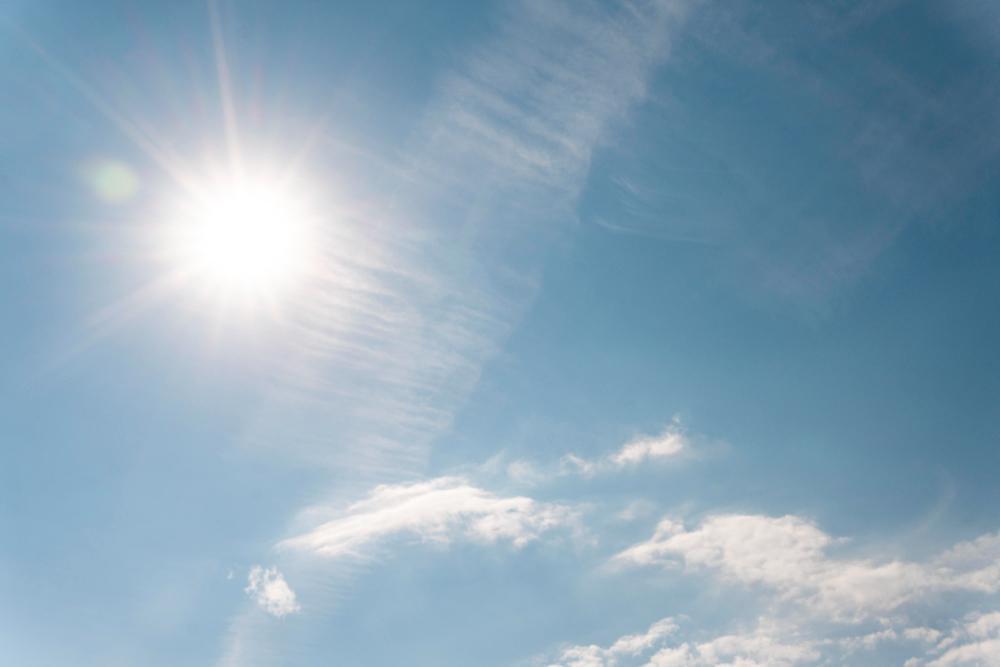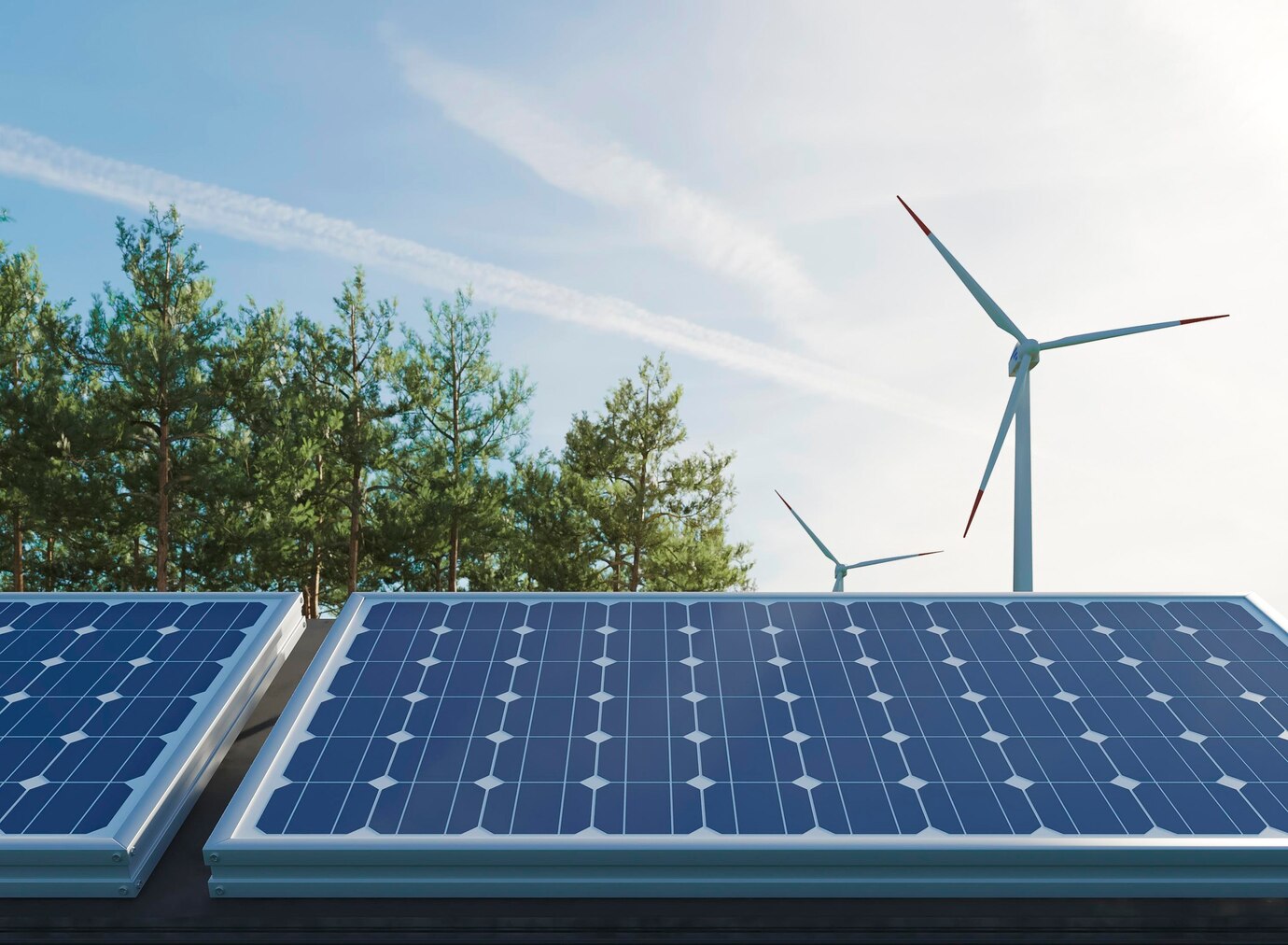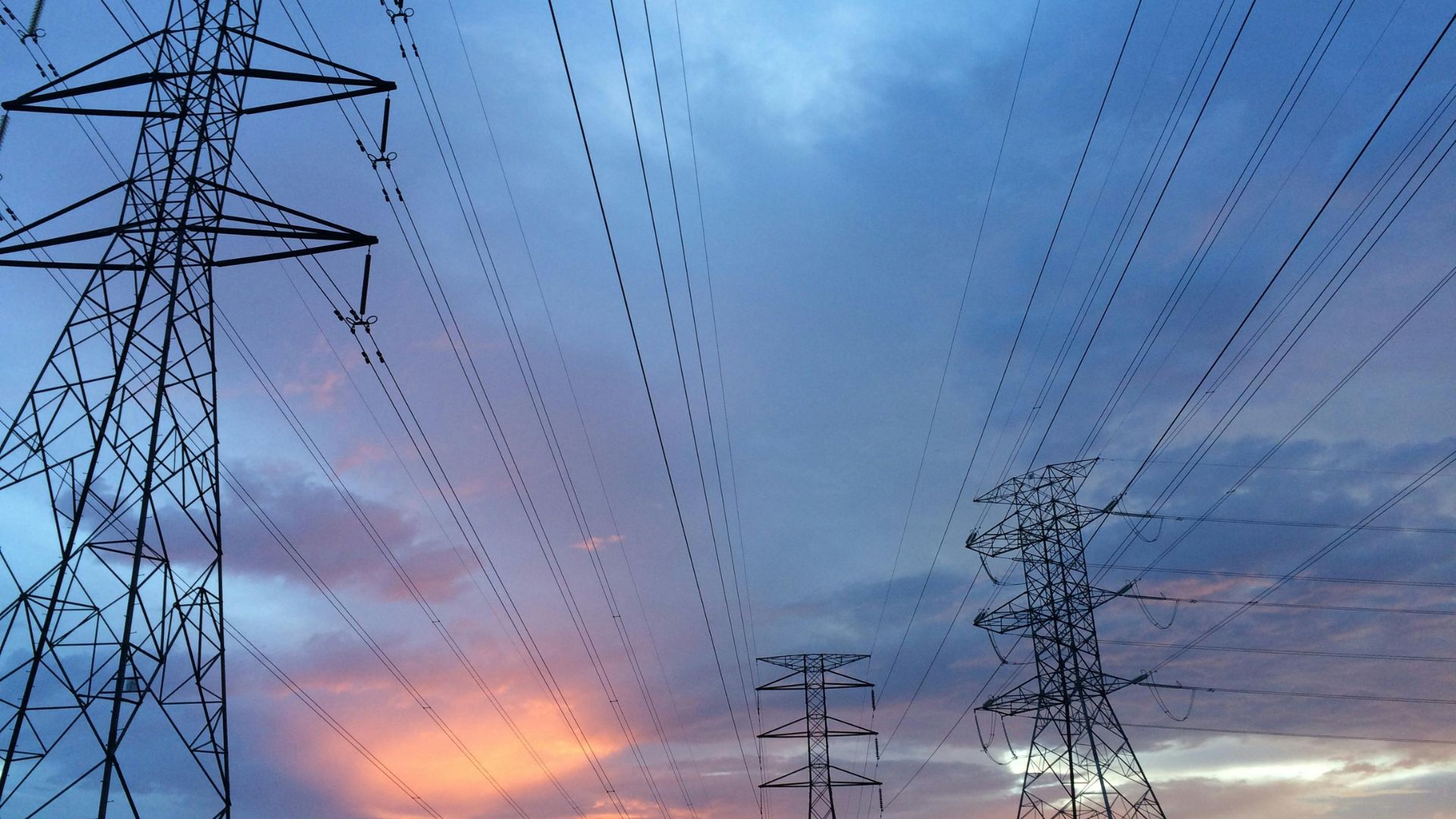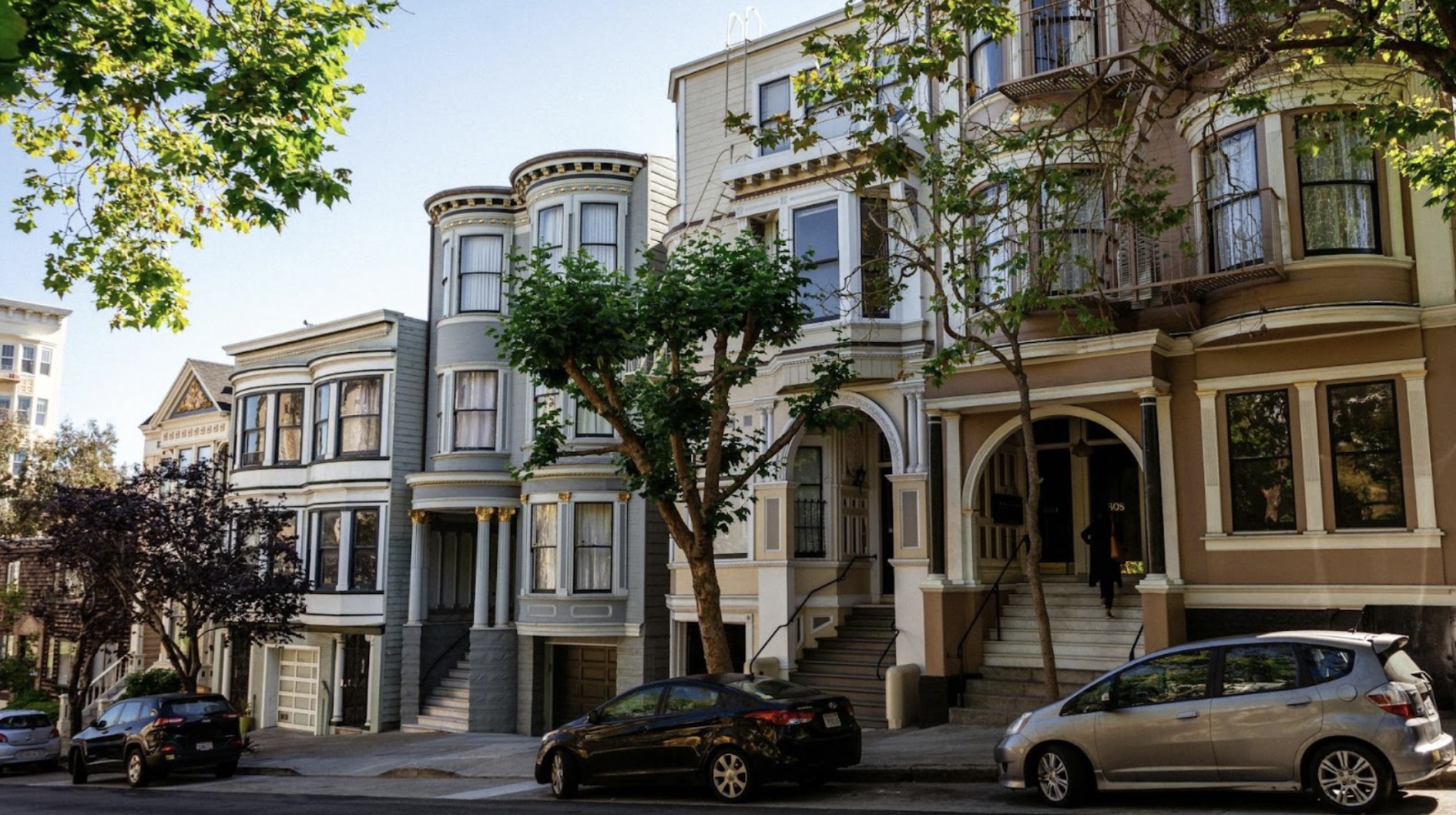How California’s Solar Ambitions Led to an Unexpected Energy Surplus
California has long been a leader in solar energy adoption.
The state’s commitment to clean energy is evident, but this rapid adoption has led to an unexpected challenge: generating more solar energy than it can handle at times.
Understanding the "Duck Curve"
The “duck curve” is a term used to describe the times when solar production exceeds demand. This usually occurs on sunny days during the spring when electricity demand is low.

Source: Xavier Coiffic/Unsplash
The curve is most pronounced during these periods, causing an oversupply of solar energy.
Elliot Mainzer's Insight
Elliot Mainzer, CEO of California’s Independent System Operator (ISO), explains that in spring, when electricity demand is low, California produces more solar energy than it can use.

Source: Wikimedia
Mainzer highlights that the state sometimes exports excess energy to other Western states but also has to curtail it during extreme conditions.
Renewable Energy Curtailment
According to ISO data, renewable energy curtailment has skyrocketed in recent years.

Source: Freepik
In 2024 alone, nearly 2.6 million megawatt-hours of renewable energy were wasted due to oversupply and transmission congestion. This amount could power all the homes in San Francisco for a year.
The Need for Transmission Lines
Mainzer advocates for adding more transmission lines to better distribute the excess energy throughout California.

Source: Pok Rie/Pexels
He emphasizes that without adequate transmission infrastructure, new solar projects and other renewable resources become stranded, unable to deliver energy to customers.
Governor Newsom's Battery Push
Governor Gavin Newsom’s administration is pushing to add more batteries to store excess energy for use during peak demand times.

Source: Andrew Harnik/Getty Images
Batteries can help capture the surplus solar energy generated during the day and make it available when it’s needed most, such as during the evening.
Controversial Incentive Cuts
The California Public Utilities Commission has taken a controversial approach by cutting financial incentives for homeowners who are wanting to install solar panels.

Source: Zbynek Burival/Unsplash
This move has led to a significant drop in residential solar installations and job losses in the solar industry.
Impact on Solar Businesses
Ed Murray, president of the California Solar and Storage Association, has seen his business suffer due to the incentive cuts.

Source: Wikimedia
Since the changes, residential solar installations have reportedly dropped by 66% in the first quarter of 2024 compared to the same period in 2022, resulting in the loss of 17,000 green jobs statewide.
Financial Challenges for Homeowners
To make solar cost-effective with the new incentives, homeowners now need to install batteries, which can add $10,000 to $20,000 or more to the cost.

Source: Kae Ng/Unsplash
This has deterred many from adopting solar, as they either can’t afford the additional expense or find it not cost-effective.
Equity Concerns
Supporters of the incentive changes argue that the shift to solar can raise energy costs for those who don’t have it or can’t afford it.

Source: Enric Cruz Lòpez/Pexels
However, Murray disputes this, noting that most of his clients have modest incomes and often finance their installations through loans.
National Implications
Murray warns that other states are watching California and may follow suit with similar incentive changes.

Source: Steve Christo - Corbis/Corbis via Getty Images
This could potentially hurt the solar industry nationwide, as states like Florida, Arizona, and Massachusetts consider adopting similar rules.
California's Clean Energy Vision
Despite the challenges, California remains committed to its clean energy goals. The state aims to achieve 100% clean energy by 2045.

Source: Wikimedia/Justin Sullivan/Getty Images
Governor Newsom emphasizes that California’s solar production has increased nearly twentyfold over the past decade, powering millions of homes with clean energy.
